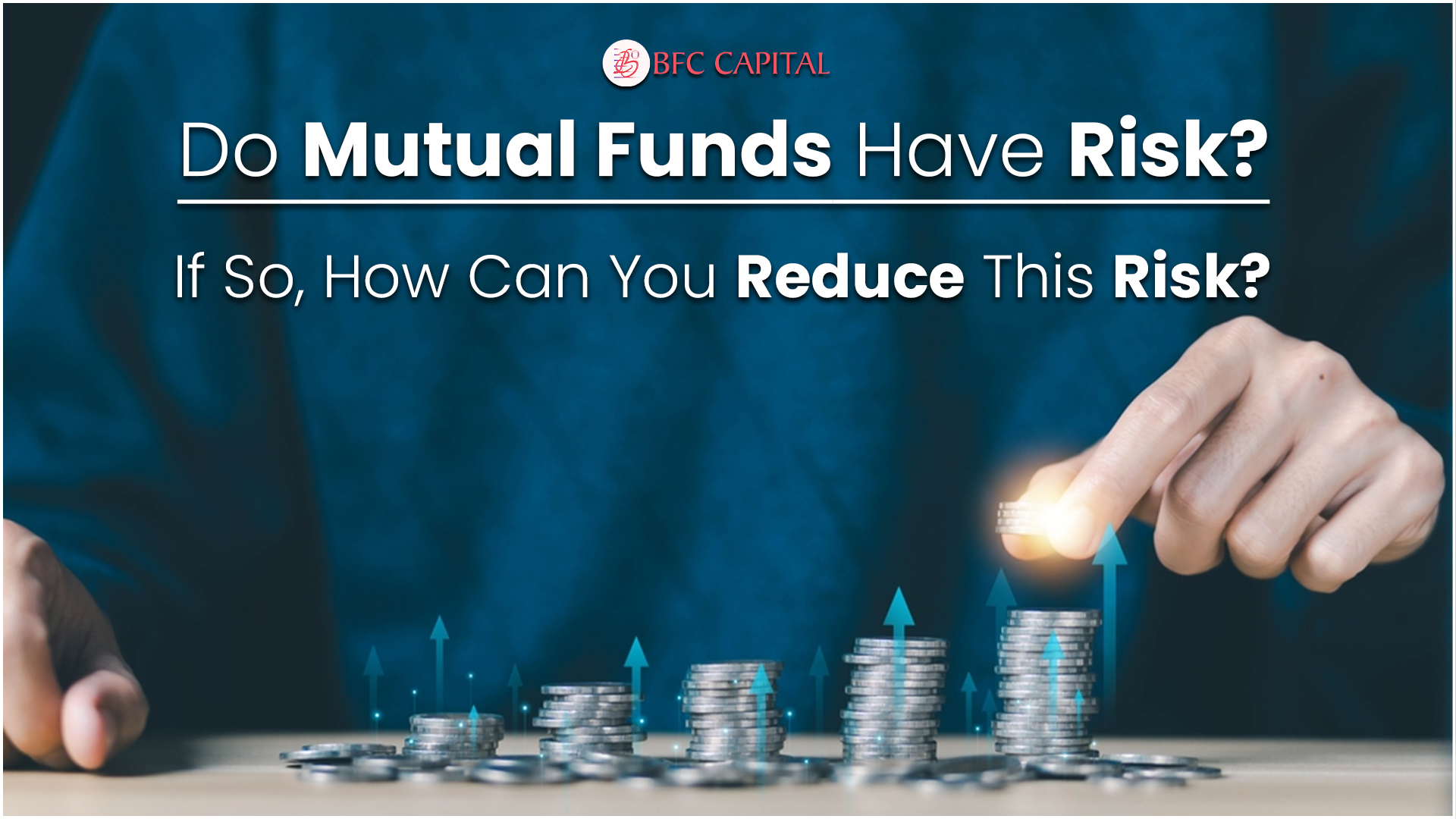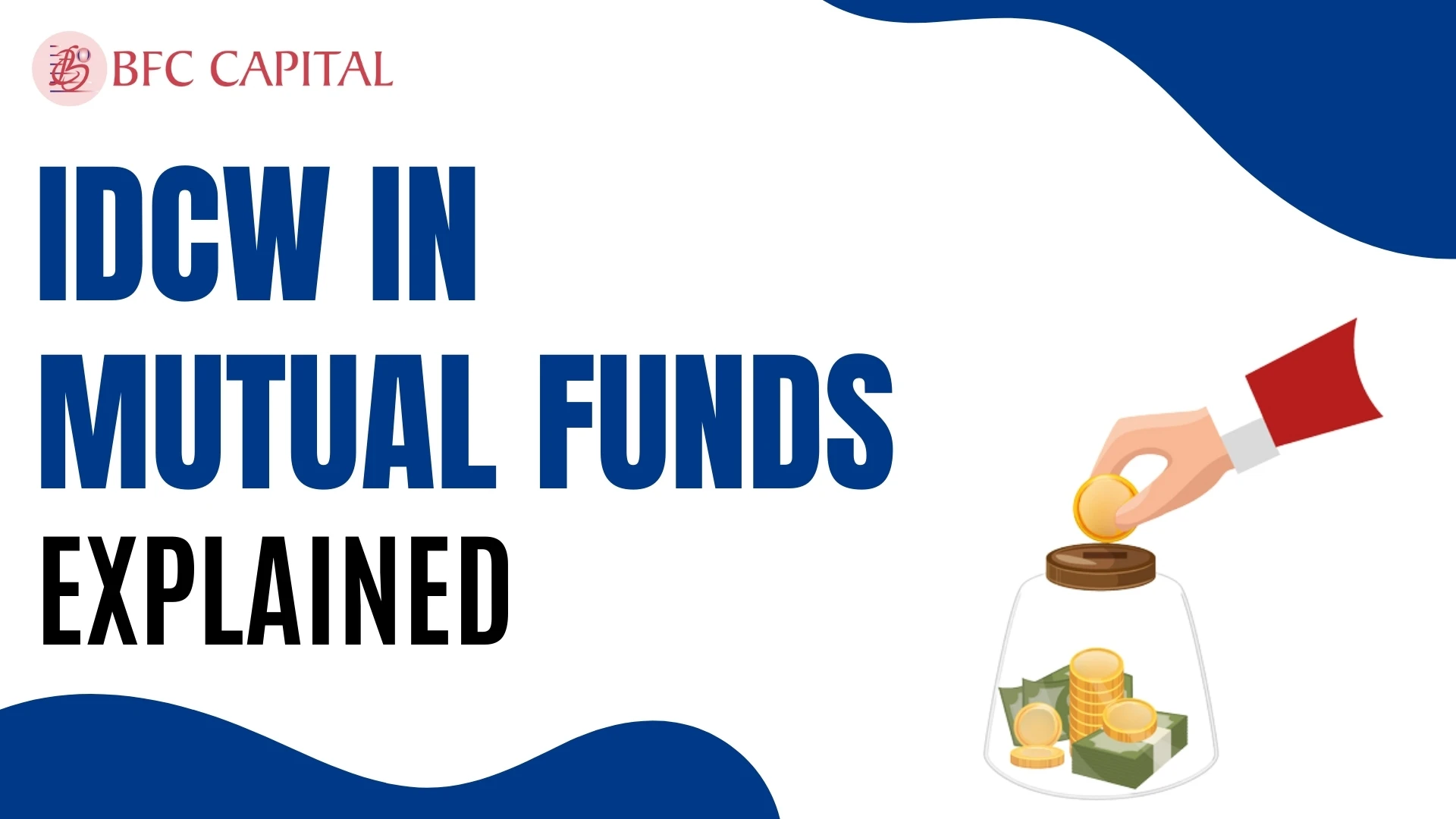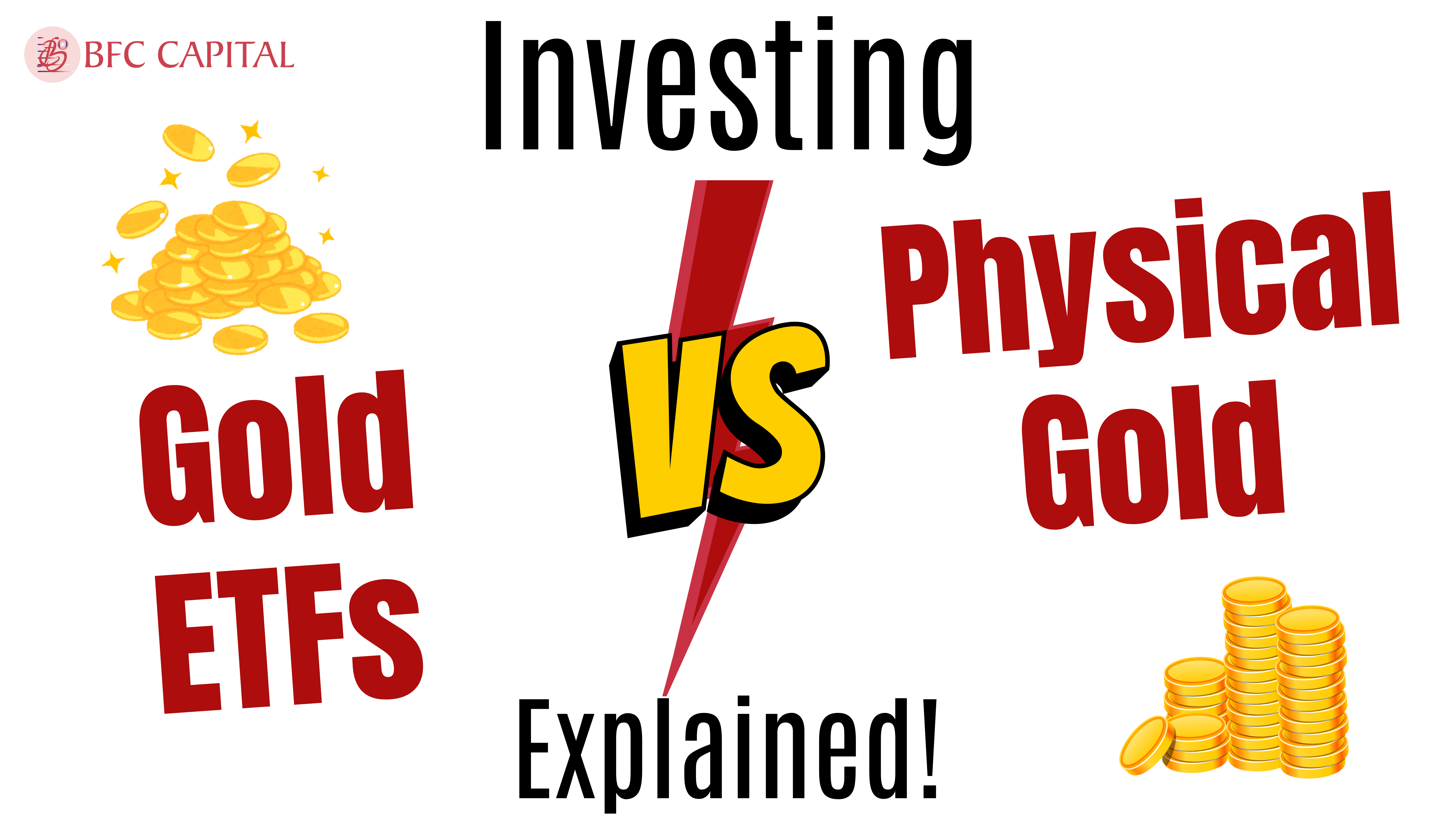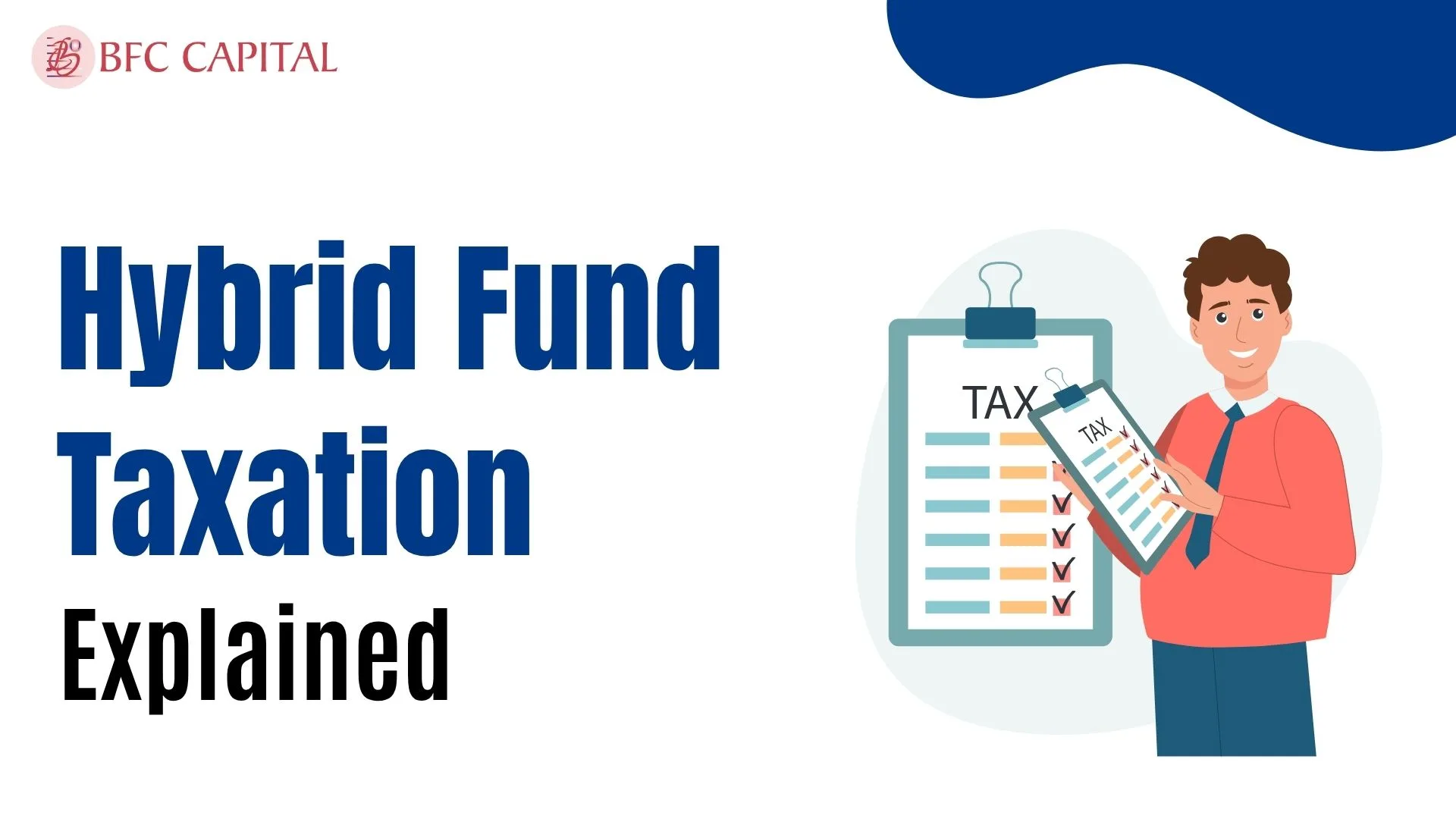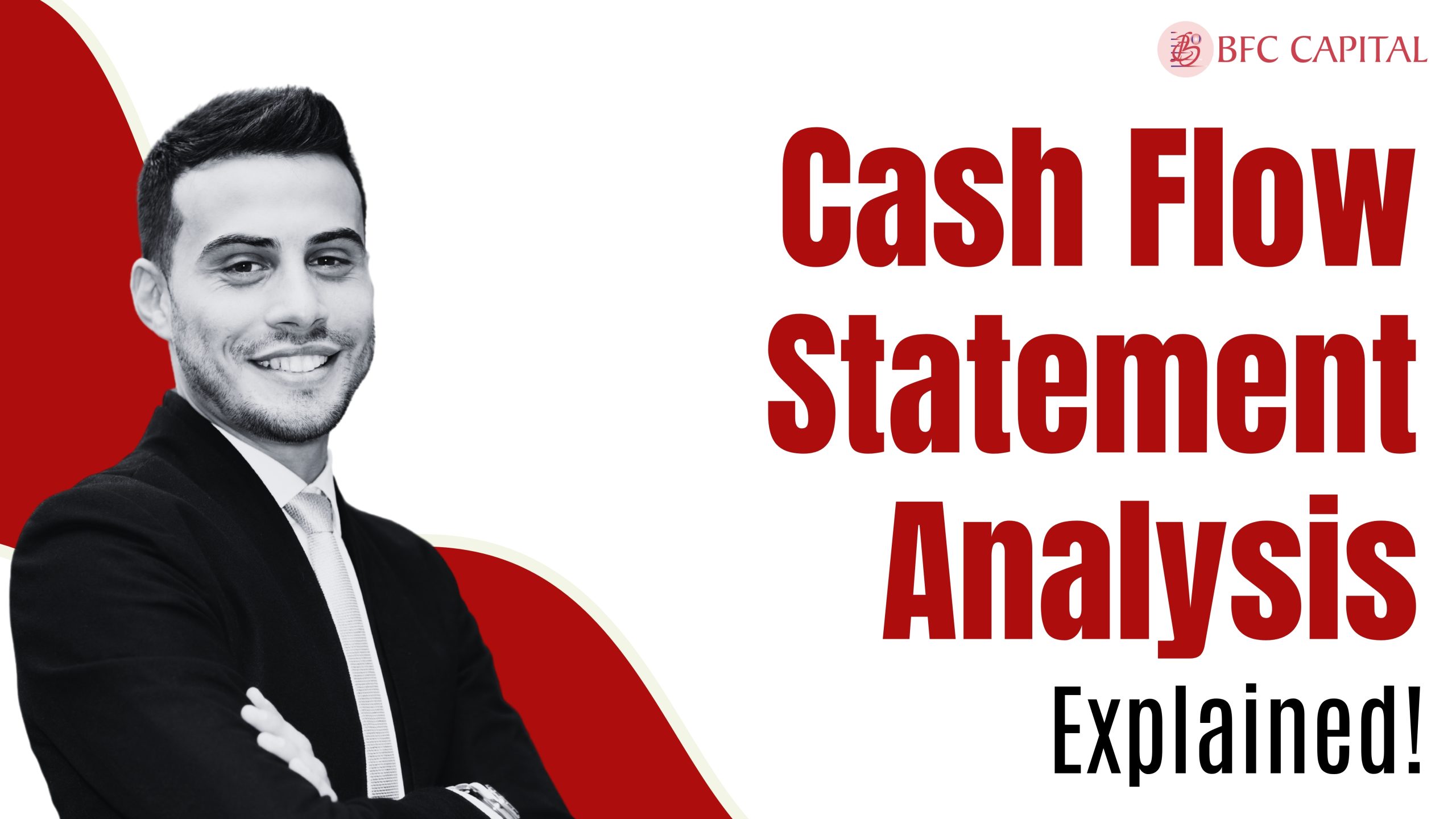
Suppose you are in an organization whereby members are required to pay an annual subscription fee to cater for the organizational expenses, events, and other activities. You may not even get a bill for this fee, but it just withdraws from your account annually. Gradually, this fee mounts, and without you realizing it, effectively taking a share of your money to spend on other items. This is similar to what takes place with a level load in a mutual fund.
In the field of mutual funds, a level load is a continuous cost that is incurred on your investment on an annual basis. It’s even similar to that membership fee – which automatically comes from your investment portfolio to cater the necessities including the distribution and the marketing of the fund. Unlike such fees, this fee is deducted year in and year out for as long as one owns the particular investment.
Table of Contents
What is level load?
A level load is usually an annual fee that is automatically taken from your investments when when you invest in mutual funds
This fee is aimed to pay for distribution and marketing of the fund, and it is for the most part paid to the intermediaries such as brokers who sell the shares of the fund to the buyers. Though these fees are essential in managing the fund, they bring down the amount of profit you make from your investment. The level load, or 12b-1 fee, is often embedded in the fund’s expense ratio and can vary from 0. 25% – 1
Although the expense ratio includes management fees, it does not include all fees including those that may be incurred in buying or selling securities or other fees like front-end or back-end loads. Level load shares or Class C shares usually cost about 1% every year. However, these fees may add up and therefore make them more costly to hold in the long run. Therefore, Class C shares are usually more appropriate for those investors who do not want to pay this fee year after year if they will sell their investment in the near future. concept
Analogy Explaining the Concept
Consider buying an investment property with the condition that a property management company will oversee its operations, such as leasing the property, maintaining the property, and marketing the rental available. This fee is crucial in making sure the property is well maintained and that you always have tenants for the property even though it may slightly bring down the overall rental income. Likewise, in a mutual fund, a ‘level load’ refers to a fixed fee similar to the fee known as a level load. It is an annual levy that is deducted from your investment to cater to the expenses of advertising and administering the fund. Although it may slightly reduce your profits, the fund expands and operates efficiently, which aids all investors in the future.
How does Level Load Work in a Mutual Fund?
Here’s how a level load works in a mutual fund, broken down into steps:
- Decide to Invest: You decide to invest in a mutual fund to see your savings increase.
- Understand the Fees: Remember that there exist various forms of fees that mutual funds can have and one of these is the level load. One is this fee which is a form of annual subscription for being a member of the investment group.
- Automatic Deduction: The level load is the amount that is taken right off your investment throughout the year with no action from you. This fee is used to offset the expenses that marketers incur towards advertising, conveying, and supporting the mutual fund.
- Compare to Other Fees: Understand that mutual funds might also involve front-end loads, charges which are paid at the time of purchase of the shares, or back-end loads, the charges which are paid at the time of selling of the shares. In contrast to these, a level load is a one time fee charged on a yearly basis.
- Expense Ratio Inclusion: Note that the front-end and back-end loads are not part of the fund’s expense ratio while the level load commonly referred to as the 12b-1 fee is included in the expense ratio.
- Legal Guidelines: Be aware that the level load is regulated by the Investment Company Act of 1940, which is why it can fluctuate from 0. 25% to 1. The borrowings cannot be more than 0% of the total net assets of the fund.
- Impact on NAV: The fee is utilized in advertising and spreading out the fund to reach other people. If more people invest in the fund, the NAV can go up for everyone which could also lead to a reduction of costs due to massive business as the scale factor provides.
- Growth Potential: If the total investments increase, the absolute level of your investment could increase, but the percentage fee would remain the same.
Wrapping Up
A level load in a mutual fund is an annual charge that is debited from your account. This fee, if it varies, can be between 0. 25% to 1 of the fund’s net assets and is applied to the costs of marketing, distribution, and servicing the fund. While the front-end load and the back-end load charges occur mostly when one purchases or sells an investment product, respectively, the level load is a consistent yearly charge to the investor. It is important to understand this fee as part of the evaluation of the total cost of investing in a mutual fund and its effect on profitability.
How does this annual fee factor into your projected long-term investment earnings? Do you know what are the possible trade-offs between the increased fund visibility and the effects on the overall returns? When considering these aspects, you will be in a better position to decide if the fund with a level load is suitable for your investment plan and needs.
Please share your thoughts on this post by leaving a reply in the comments section. Also, check out our recent post on: “Equity Funds vs. Income Funds: Which Is Better?“
To learn more about mutual funds, contact us via Phone, WhatsApp, Email, or visit our Website. Additionally, you can download the Prodigy Pro app to start investing today!
Disclaimer – This article is for educational purposes only and by no means intends to substitute expert guidance. Mutual fund investments are subject to market risks. Please read the scheme related document carefully before investing.

Assistant Vice President – Research & Analysis
Akash Gupta heads the Research & Analysis department at BFC CAPITAL, where he combines in-depth market insights with strategic analysis. He holds multiple certifications, including:
- NISM-Series-XIII: Common Derivatives Certification
- NISM-Series-VIII: Equity Derivatives Certification
- NISM-Series-XXI-A: Portfolio Management Services Certification
- IRDAI Certification
With his expertise in equity, derivatives, and portfolio management, Akash plays a key role in providing research-backed strategies and actionable insights to help clients navigate the investment landscape.

